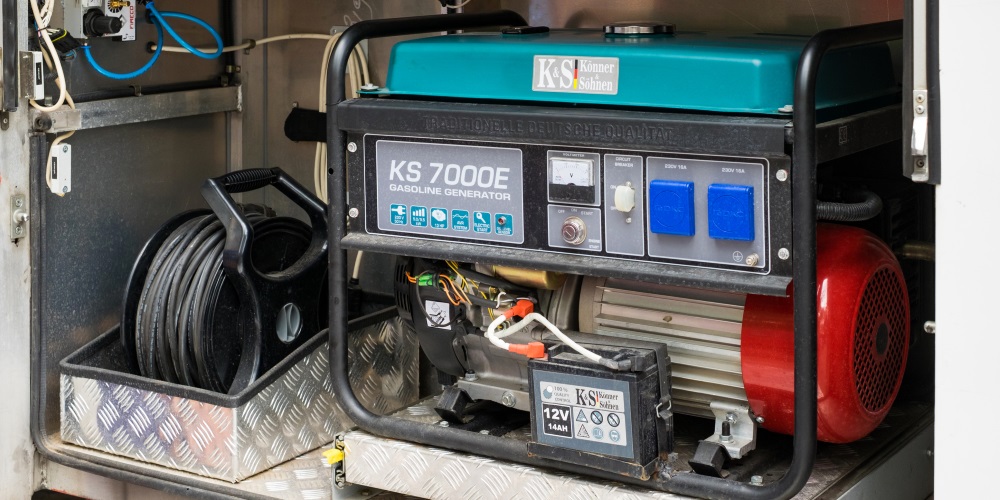Generators have become a necessary appliance for every home. During storms, power cuts, hurricanes, etc., a generator keeps your home lit and safe. But a lot of people struggle to store a generator in their home safely.
It is essential to store your generator in a safe environment when it is not in use. This way, it will perform at its best when the next time you use it. Not only will the generator work better, but it will last for years.
So, how to store and protect your generator when not in use? Below you will find the steps to keep your generator securely.

Steps to store a generator
Check Oil Level
Check whether your generator has any leaks before storing it inside. If there are no leaks and the machine is in good condition, it won’t consume too much oil. Then, check whether it has sufficient oil or do you have to refill it. You can use engine oil to top up your generator.
Modern generators only need a few teaspoons of oil before you put them into storage. To check your generator’s oil level, consult the owner’s manual or call customer support to get help.
Empty the Remaining Gas
It is best to empty the remaining gas in the generator before you store it. If you keep a generator full of gas, it could cause a fire in your house. In addition to this, when you take it out for use again, it won’t function properly. It is mainly because the gas has already become exposed to multiple elements.
Moreover, the gasoline may affect the outlets of your generator, causing permanent damage. That is why you need to empty the gas tank before storing your generator.
If you are unable to empty the tank, you can stabilize it. Just add a fuel stabilizer to the tank. After that, turn on the engine for a minute or two to distribute the stabilizer throughout the machine.
With a stabilizer, you can prevent the gas from absorbing moisture while the generator is in internal storage. So, when you take it out for subsequent uses, it will start in a few seconds.
Look for Damaged Components
Inspect your generator before storing it and see any damaged components or whether your machine needs repair. If you find a damaged part, either replace it with a new one or get it repaired. It is crucial to repair these parts; otherwise, it will damage your generator permanently.
Check for switches, fuel tanks, handles, hoses, wheels, cords, material, etc., before keeping the generator away.
 Perform Annual Maintenance
Perform Annual Maintenance
Even though generators do not require much upkeep, you can perform maintenance once or twice a year to ensure the machine’s longevity. With annual maintenance, you won’t face any issue with a generator when you get it out of storage for further use.
Read the owner’s manual and find out how you can take care of your generator. In most cases, you have to replace the spark plug and the air filter, which is not difficult to do. The manual contains all the instructions on how to replace these items.
Clean It off
At last, you may want to clean your generator before putting it into storage. See if there is any spilled oil on the surface and wipe it down with a rag. If there is any debris on the machine’s external parts, clean them off; otherwise, it will ruin all the switches of the generator.
Conclusion
That is how you can store your generator securely and ensure its longevity and efficiency. A properly stored generator will be much more helpful during emergencies than any other machine.
 Perform Annual Maintenance
Perform Annual Maintenance